FARADISM UNDER PRESSURE USE IN PHYSIOTHERAPY
Table of Contents
DEFINATION:
Electrical stimulation of the muscles that generally act as the muscle pump may be combined with compression and elevation of the limb to increase venous and lymphatic return and so relieve oedema.
Goal :
Faradism Under Pressure is used for edema control and to improve the venous and lymphatic drainage from the edematous area, associated either with inflammation or lack of muscle contraction. eg. Elephantiasis
1) Preparation of apparatus
the operator should test the arppratus by attaching leads and electrodes to the terminals, holding the two electrodes in a moistened hand, inserting the core if a smart-bristow coil is being used, and turning up the current until a mild prickling sensation is experienced and a muscle contraction produced. describe to the patient the sensation you feel and make sure the patient can see the muscle contraction produced.
the active electrode may be a disc-electrode or a small lint/sponge pad with a flat plate-electrode. the latter is preferable for large muscles like quadriceps and glutei, as it is easier to mould to the surface, so obtaining good contact. a flat plate-electrode and lint/sponge pad are used for the indifferent electrode, to complete the circuit.
The pads and lint covering the disc-electrode are soaked in warm 1 percent saline. tap water can be used, but the addition of salt reduces the resistance of the wetting solution, with 1 percent saline having a rather lower resistance than the tissue fluids.
2) Preparation of the patient
clothing is removed from the area to be treated and the patient is supported comfortably in a good light. it is important that the patient is warm, otherwise, the muscles do not respond well to the stimulation. it is usually easiest to obtain muscles contraction in response to electrical stimulation and muscles are in a shortened position.
position the limb in elevation so that gravity assists the venous and lymphatic return. Contractions of many muscles are required, so place the electrode and pads so that they cover the motor points of the main muscle group involved in the muscle pump,e.g. for the lower extremity use one electrode over the calf muscle and the other on the planter aspect of the foot.
Faradism under pressure use in upper limb and lower limb oedema.
for the upper limb place electrode over the flexor aspect of the forearm and the arm. fix the pads in position firmly, with straps if necessary, and test the contraction produced. adjust the pads as necessary. then apply an elastic bandage, starting distally. it should be firm but not too tight.
avoid gaps between the turns of the bandage. the bandage increases the pressure on the vessels when the muscles contract, and as the muscles relax its recoil exerts a further pumping effect.
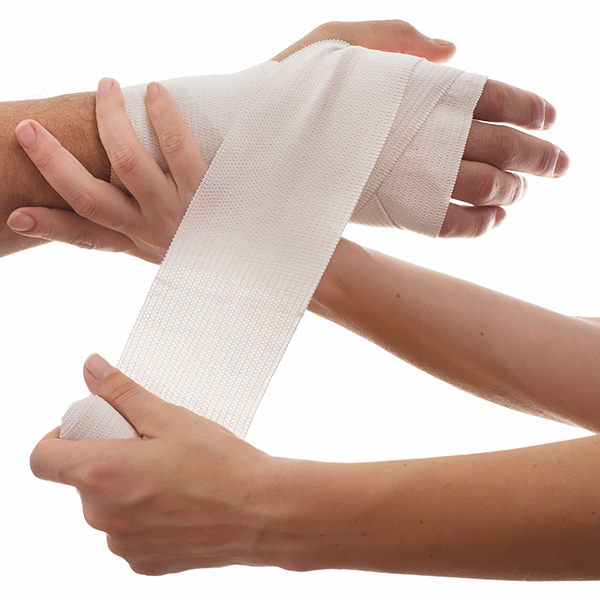
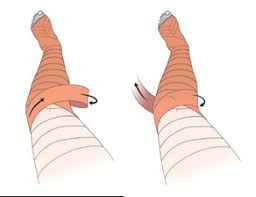
the rate of contraction must be slow, to allow maximum contraction of the muscles. the repetition rate is slow also, to give time for relaxations and to allow the vessels time to refill; typical timing would be two to three minutes of contraction followed by a rest of five minutes. a total per session of up to fifteen minutes. contraction of muscles gives an overall treatment time of approximately 35 minutes.
with the limb being oedematous the current may spread in the fluid, and so it may be difficult to obtain contraction by stimulation of motor points. in this case, the muscles may be stimulated by another method of application, viz. nerve conduction. In this method of stimulation, an indifferent electrode is applied to an area and the active electrode to a point at which the nerve trunk is superficial.
This results in the contraction of all the muscles supplied by one nerve. the method may also be used if the motor points are inaccessible because of a wound or splinting. it is also the most comfortable method of stimulating the muscles of facial expression. for this purpose three points over the branches of the facial nerve are stimulated; one behind the lateral corner of the eye, one in front of the ear, and one just above the angle of the jaw.
Indication:
The following are the list condition such as:
- Diabetic foot
- Ankle edema
- Hand edema
- Elephantiasis
- Post phleblitis sydrome
- Soft tissue injury
- Gravitational edema
- Lymphoedema
- Varicose ulcers
FAQ
What is the purpose of Faradism under purpose?
To reduce the swelling and edema of the distal part of the limb mainly Ankle swelling or the swelling of the Hand, the faradic/galvanic current works on the muscle to contract and relax which works as a pumping action. The faradic and galvanic current pumping action improves metabolism and helps remove waste products and bring fresh blood supply and more nutrients to muscle overall helping to reduce the swelling and/or edema.
How is Faradism under pressure applied?
Faradism under pressure method is used in the treatment of swelling/ edema to increase the venous and lymphatic circulation from the distal part of the limb edematous area. The faradic/galvanic current is applied along with an elastic crepe bandage in the distal part of the limb mainly the ankle and Hand, which is to be treated and is also kept elevated during treatment.
What is the principle of stimulation using faradic current?
Faradic current helps stimulate motor nerves and contacts the muscle (supplied by the nerve), This helps to improve muscle strength and also works as a pumping action if you use for Faradism under pressure technique. Stimulation improves muscle functioning and overall improves venous and lymphatic drainage

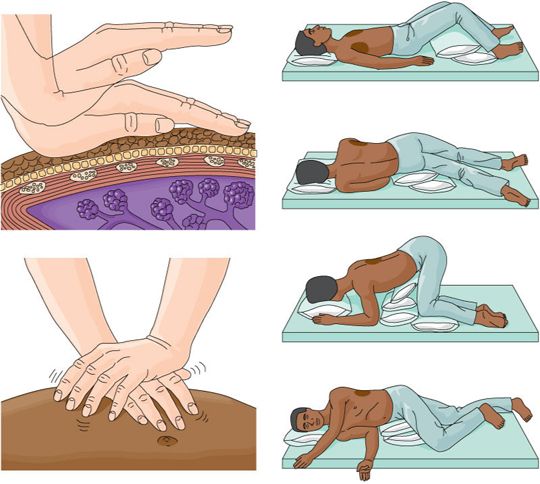
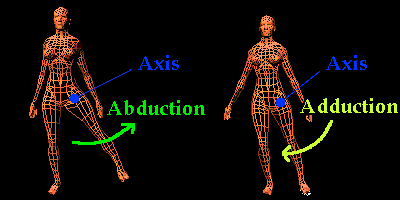
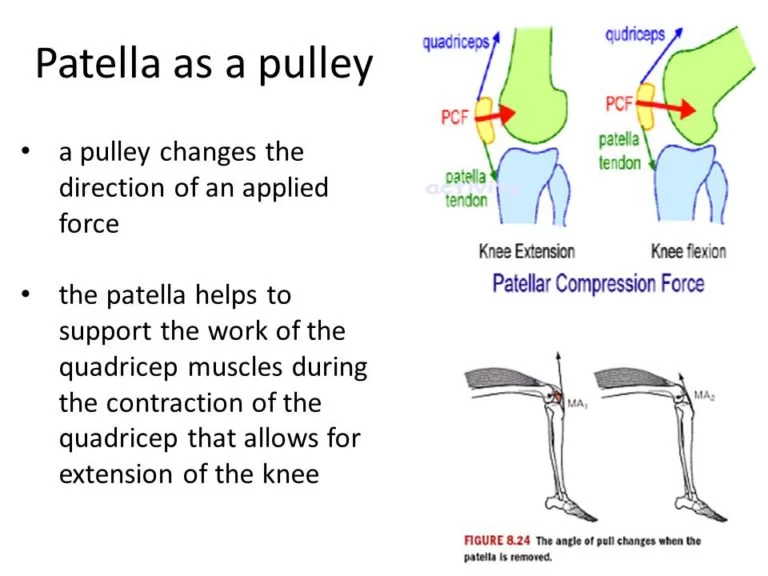
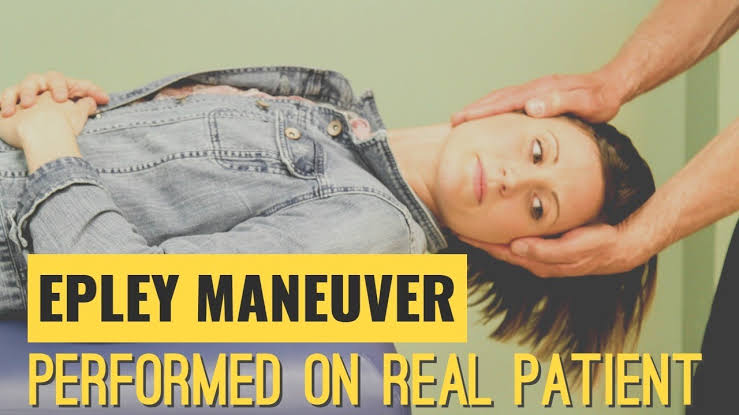
2 Comments